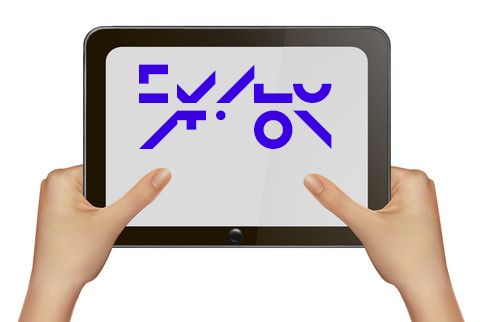Teaching evaluation is going digital
The Faculty of Arts is the last faculty at Aarhus University to introduce the university’s shared electronic teaching evaluation system. The system has been introduced in connection with the application for institutional accreditation, and will contribute to the overall quality improvement of the faculty’s degree programmes.

From this semester onwards, teaching will be evaluated by means of a special module in Blackboard which allows teachers to create their own questionnaire based on a list of questions.
‘The evaluation questions have to be be selected from a predefined list, making it difficult to ensure that they are sufficiently varied. So it’s important to integrate the qualitative part of the teaching evaluation into the oral follow-up during the final lesson. In connection with a thorough evaluation in the autumn, we will be deciding whether to integrate a “further comments” field to include a qualitative element in the written part of the evaluation,’ explains acting vice-dean Niels Lehmann.
Coherence between system and practice
In connection with the institutional accreditation work, the evaluation policies of our schools have been reconsidered following discussions in the boards of studies. The principles of the previous policies are still present, but it is important that the teaching staff are all familiar with the updated framework for the evaluations.
‘The evaluations are an important focal point in the overall quality improvement of our degree programmes; and for the Danish Accreditation Institution, it is central that there is coherence between system and practice. In other words, it’s crucial that we actually do what we say we’re going to do. This will require the teaching staff to familiarise themselves with the system so they can help the process to run smoothly,’ says Niels Lehmann.
A better response rate
In the new evaluation procedure, teaching staff will be able to set aside time in the second-last lesson in order to give the students an opportunity to respond to the evaluation forms. This should help to improve the response rate, and will be a good point of departure for an oral dialogue about the results in the last lesson.
‘Incorporating the electronic part of the evaluation in the teaching is a very good way to help ensure a high response rate. And even though a new, general system may be perceived as annoying in relation to the good evaluation methods that have already been created in our academic environments, I hope that the teaching staff will support the new method,’ concludes Lehmann.

